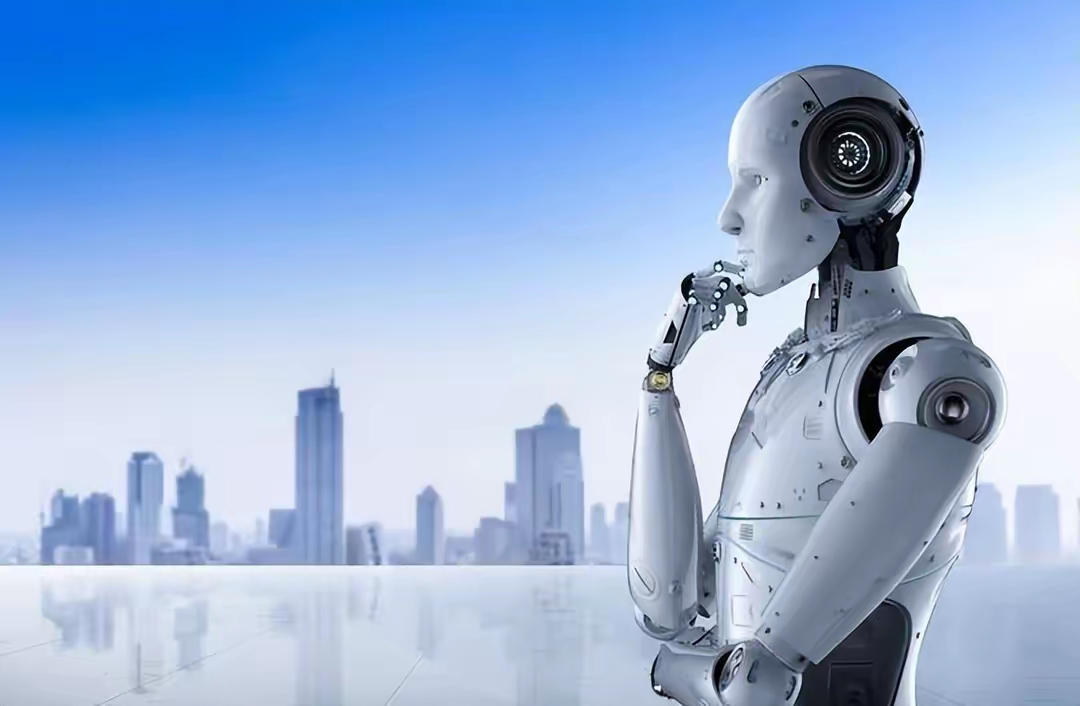
In the current era of rapid technological advancement, the development of humanoid robots can be described as advancing at a lightning speed. They are integrating into our lives at an astonishing speed, bringing unprecedented possibilities to human society, but at the same time, they are also accompanied by a series of thought-provoking questions.
The rapid development of humanoid tools has brought many significant benefits. Firstly, in the industrial sector, they are capable of undertaking hazardous, heavy, and highly repetitive tasks.
For example, operating in high temperature, high pressure, or toxic environments not only ensures the safety of workers, but also improves the stability of production efficiency and quality. Secondly, in the medical field, humanoid robots can assist doctors in surgeries. With their precise operation and tireless characteristics, they can greatly reduce surgical risks and improve the success rate of surgeries. In addition, in the service industry, such as hotels, restaurants, etc., humanoid robots can provide efficient and accurate services to meet the needs of consumers.
From the perspective of daily life, humanoid robots can also bring us great convenience. They can take on household chores such as cleaning, cooking, etc., giving people more time for leisure and self-improvement. For the elderly and disabled, humanoid robots can provide companionship and care, improving their quality of life. In the field of education, humanoid robots can serve as personalized learning partners, providing customized educational services based on students' characteristics and needs.
However, the rapid development of humanoid robots is not only positive, but also brings some potential drawbacks.
The job market may be greatly impacted. With the widespread application of humanoid robots in various fields, many jobs originally performed by humans may be replaced by robots.
This will lead to a large number of job losses, especially for workers engaged in simple and repetitive labor. For workers who lack high skills and adaptability, re employment will become extremely difficult, which may exacerbate the wealth gap and inequality in society.
Ethical and moral issues have also become prominent. For example, how should responsibility be defined if a humanoid robot causes injury or loss while performing a task? Is it attributed to the developers and users of the robot, or to the robot itself? Furthermore, when humanoid robots possess high levels of intelligence and autonomy, should they be granted rights and status similar to humans? If given, how should the relationship between humans and robots be defined? These are ethical dilemmas that urgently need to be addressed.
In addition, the development of humanoid robots may also raise concerns about safety and privacy. If robots are hacked or maliciously controlled, they may pose a serious threat to individuals and society. At the same time, how to ensure the safe and legal use of the large amount of data collected by robots during their interaction with humans is also an important issue.
In the face of the advantages and disadvantages brought by the development of humanoid robots, we cannot give up eating for fear of choking and hinder technological progress, nor can we be blindly optimistic and ignore potential problems.
At the policy level, the government should formulate relevant laws and regulations to regulate the research and development, use, and management of robots, and safeguard the interests and safety of the public. At the same time, it is necessary to strengthen the re employment training and social security for the unemployed, and help them adapt to the new employment situation.
In terms of technological research and development, scientists and engineers should follow ethical principles and fully consider the potential social impact of technological innovation while pursuing it. Strengthen the research on the safety and reliability of humanoid robots to ensure that they do not cause harm to humans while serving them.
At the societal level, we need to engage in extensive public discussions to enhance people's awareness and understanding of the development of humanoid robots, and promote the participation of all sectors of society in the formulation of relevant policies and regulations.
In short, the rapid progress of humanoid robots is a great achievement in human technological development, but we must approach it with caution and responsibility, fully leverage its advantages, and properly respond to the challenges it brings, in order to achieve harmonious coexistence and common development between humans and robots. Only in this way can we truly enjoy the benefits brought by technological progress, rather than falling into new difficulties.

Due to the continuous decrease in rainfall and the rapid drop in groundwater levels, several large sinkholes have successively appeared in several agricultural areas in central Turkey in recent years, causing great concern among local farmers and environmental experts.
Due to the continuous decrease in rainfall and the rapid dr…
The Prime Minister's Office of Israel said Hamas attacked I…
Fourteen countries including the United Kingdom, France and…
The US Department of Justice said on Wednesday (December 24…
The Japanese government has submitted a draft, planning to …
On December 25th local time, NVIDIA announced a technology …